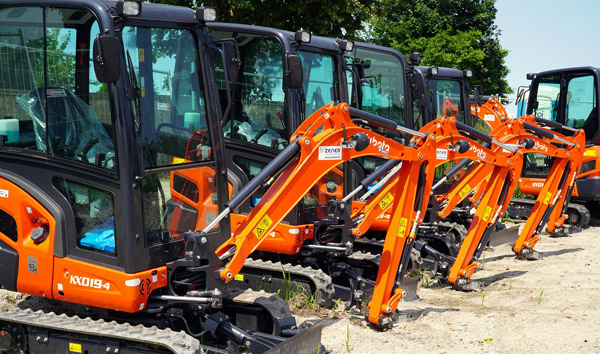Timberland Titans: The Rise of Forestry Rough Terrain Forklifts
2025-07-21 03:30:30
The forestry industry relies heavily on Rough Terrain Forklifts to navigate uneven, muddy, and debris-laden landscapes. Unlike standard forklifts, these machines feature reinforced chassis, aggressive tread tires, and enhanced hydraulic systems to withstand harsh conditions. A recent industry report from Global Forestry Insights (2023) indicates a 12% annual growth in sales of forestry-specific rough terrain forklifts, driven by increased timber harvesting in North America and Scandinavia.
One of the key advantages of forestry rough terrain forklifts is their ability to operate on steep inclines and unstable ground. Advanced stability control systems, such as dynamic load balancing, prevent tipping even when lifting heavy logs or palletized materials. According to a study by the International Logging Equipment Association, these forklifts reduce workplace accidents by 27% compared to conventional models in forestry settings.
Fuel efficiency remains a critical factor in forestry operations, where remote locations limit refueling options. Modern rough terrain forklifts now incorporate hybrid diesel-electric powertrains, cutting fuel consumption by up to 30%. Case studies from Canadian logging firms show that switching to hybrid models can save over $15,000 annually per unit in operational costs.
Maintenance longevity is another standout feature of forestry rough terrain forklifts. Corrosion-resistant coatings and sealed components protect against moisture and sawdust infiltration, extending service intervals by 40%. Manufacturers like Caterpillar and John Deere have introduced predictive maintenance software, using IoT sensors to alert operators of potential issues before they escalate.
Looking ahead, automation is set to revolutionize forestry rough terrain forklifts. Pilot programs in Sweden are testing autonomous models equipped with LiDAR and AI-driven navigation, capable of operating in low-visibility conditions. While full adoption may take years, early data suggests a 20% boost in productivity, reinforcing the pivotal role of these machines in sustainable forestry.














